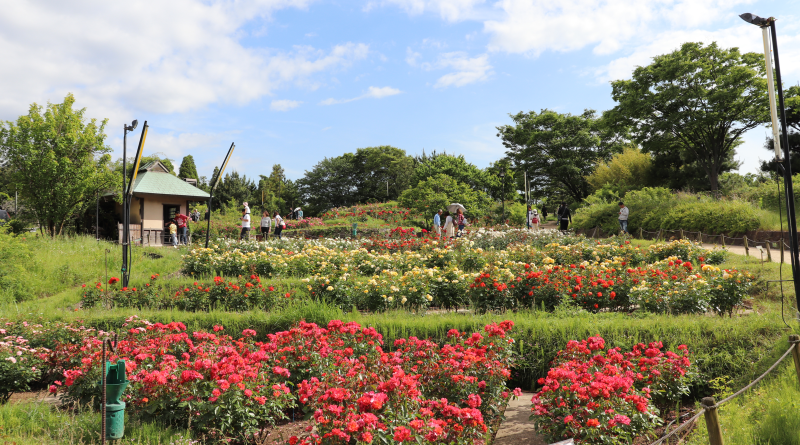
Hamadera Park, One of Osaka’s Best Parks!
One of the largest and most popular parks in Osaka is Hamadera Park in south Sakai City. Hamadera Park is famous not only for its size, but for all the pine trees that cover the park. This park is true local favorite and even sports two swimming pools, tennis courts, baseball fields, and rose garden with 300 different kinds of roses!
The History of Hamadera Park
Hamadera Park is located on what was once Takashi no Hama, or Takashi Beach. Takashi no Hama was traditionally famous for its gorgeous white sand and pine trees. There is even a poem about Takashi no Hama in the famous poem anthology, Manyoshu.
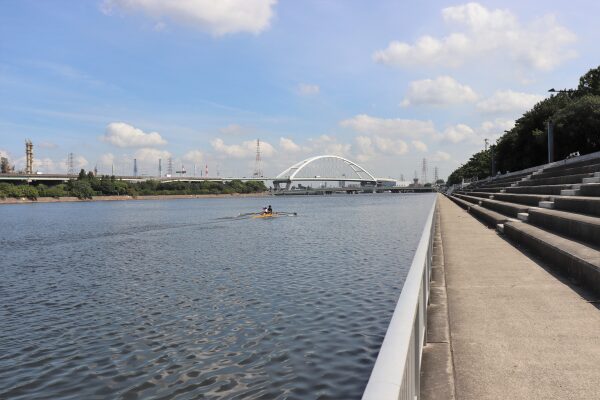
In the 13th century, Hamadera, literally meaning “beach temple” was built near Takashi no Hama, and is where the “hamadera” of Hamadera Park comes from.
Because of its long history, Hamadera Park is full of stories. For example, during the Meiji Period, the government considered cutting down pine trees to create more farmland. But when the first Secretary of the Interior, Okubo Toshimichi, went to visit the park, he was so touched by how beautiful it was he ordered not to cut down the trees.
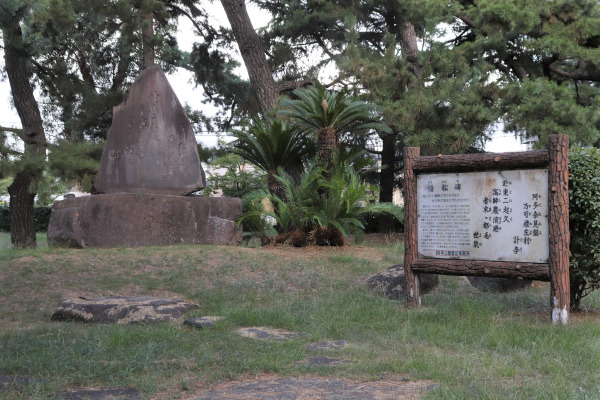
Also during the Meiji Period, the city added a large beach to Hamadera Park. The beach became very popular with residence, but during the Russo-Japanese War, it became a wartime prison for captured Russian soldiers. Then after WWII, the American military seized the park for their own use.
Today, the beach is gone, due to the large factories on the man-made island, just across from the park.
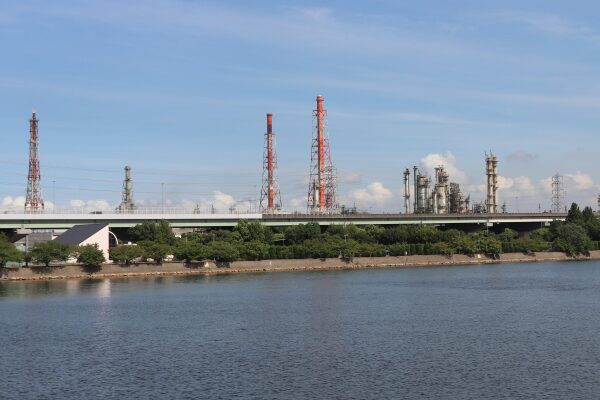
Despite the factories being there, Hamadera Park is still a very popular park. Perhaps somewhat reminiscent of the swimming that used to take place here are two large pools. In addition, to the pools are large flower gardens and plenty of space where you can grill outdoors for free. In many ways, the park is a much-needed mini-vacation for everyone in the area.
Hamadera Park
Nearby Hamadera Koen Station is also really impressive.
The designer of Hamadera Koen Station of Nankai Railway is none other than Tatsuno Kingo — the same man who designed Tokyo Station, Osaka City Central Hall, and other many famous buildings throughout Japan. Built in 1907, this station is the oldest wooden private train station in the country.
Hamadera Koen is also accessible by Hankai Tram from Tennoji Station. Hankai is the only tram left in Osaka today.
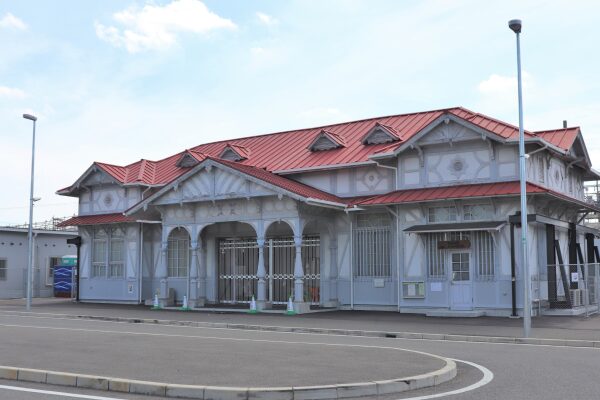
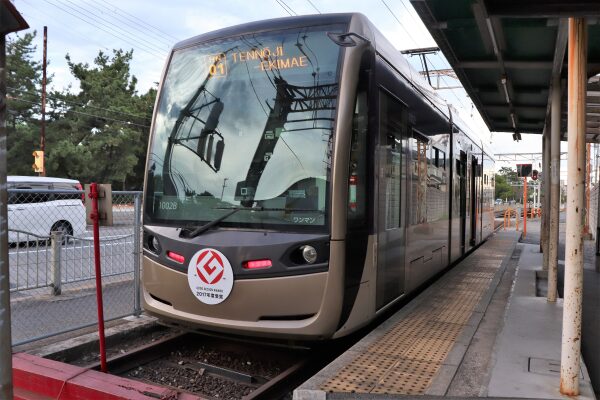
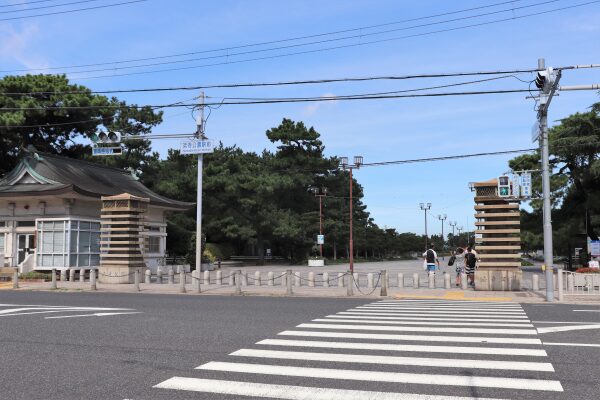
Once you get to Hamadera Park, you will quickly notice all the pine trees. There are roughly 5,500 pine trees throughout the park.
There are also tons of cherry blossom trees in Hamadera that make the park particularly lovely in the spring.
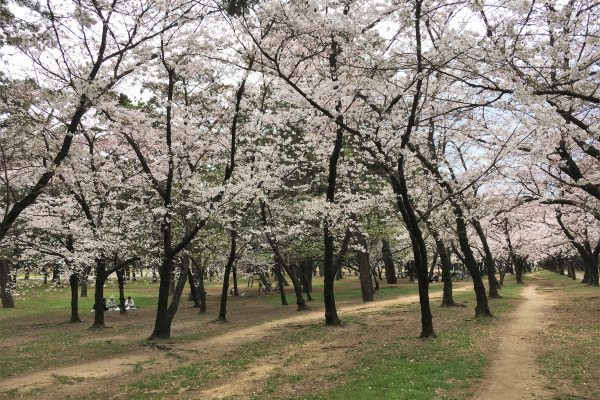
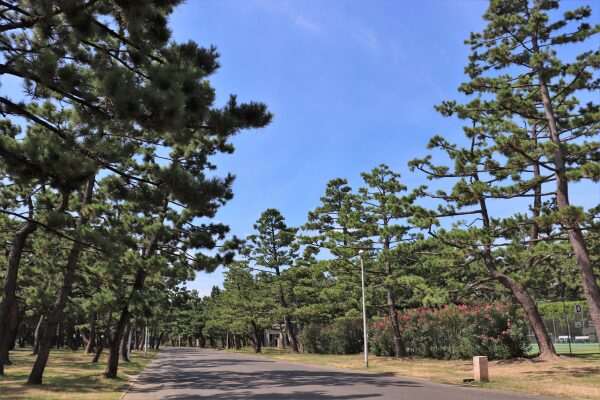
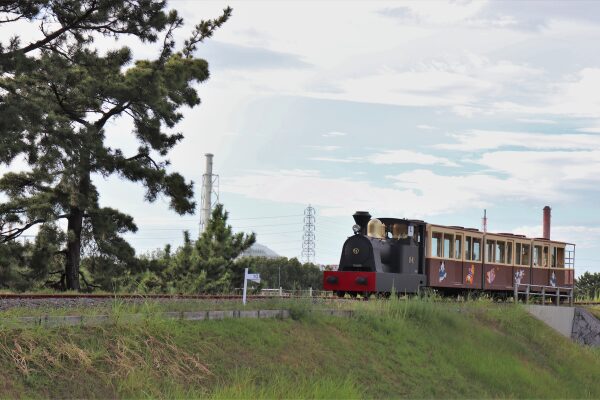
Right next to the pool is the Hamadera Swimming School, built in 1906. This school is the origin of synchronized swimming in Japan.
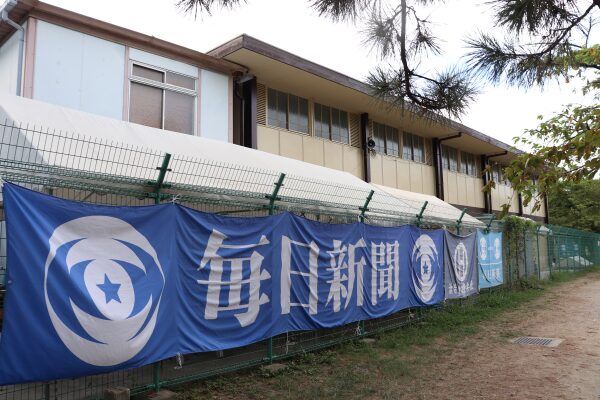
Though the beach is gone now, there are competitive rowing events held at the park.
Hamadera Botanical Garden
The park has a large rose garden with 300 kinds of roses. The garden has two sections: a Japanese and a European rose garden and it is very pretty during May when the gardens are in full bloom. The garden is open from 10 AM to 5 PM and closed on Tuesday.
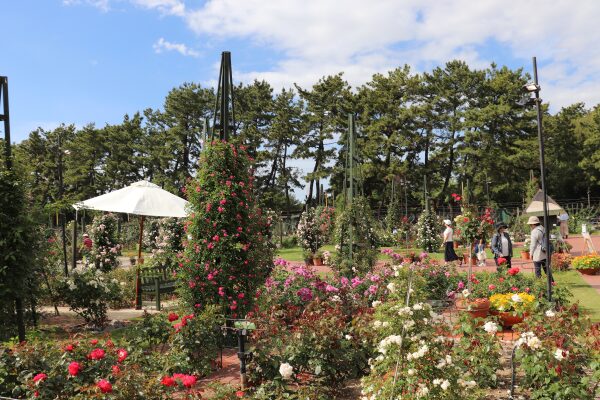
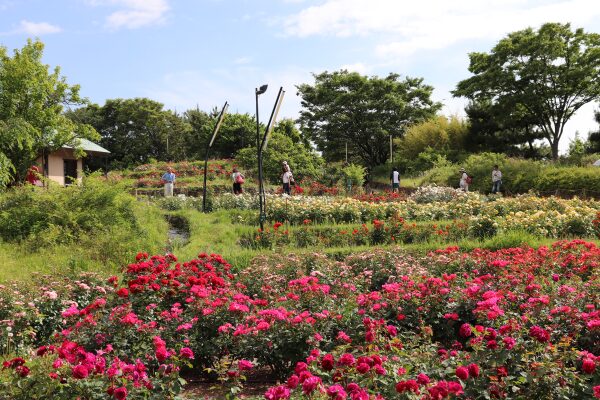
In the park is perhaps something you would never pay attention to. This small plant is a Hamaderaso. Native to North America, it somehow made its way to Japan and now only exists in Hamadera in the entire country.
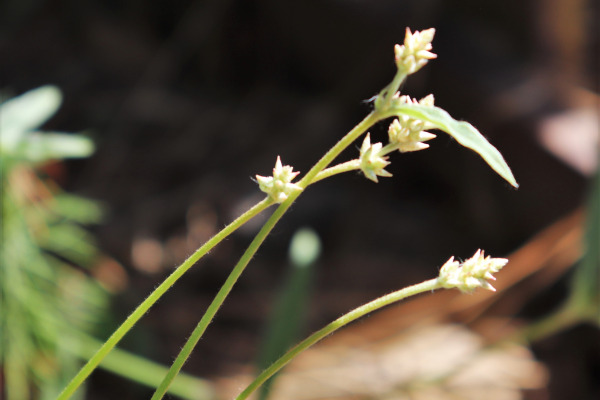
Information: Hamadera Park
| Address |
2-Hamaderakoencho, Nishi-ku, Sakai City, Osaka Prefecture
|
| Website |
https://www.osaka-park.or.jp/rinkai/hamadera/main.html
|
| Getting To |
Hamadera Park is only 20 minutes south of Nankai Namba Station via the Nankai Main Line. Also, the Hanakai Line tram at Tenno-ji Station goes right in front of the park entrance, but it takes 40 minutes. Though the tram is slower, it is much cheaper than the Nankai, as it is only 200 yen from Tenno-ji to the park.
|
| Hours |
Mon-Sun: 24/7
|
| Admission |
Free
|
| Note |
|
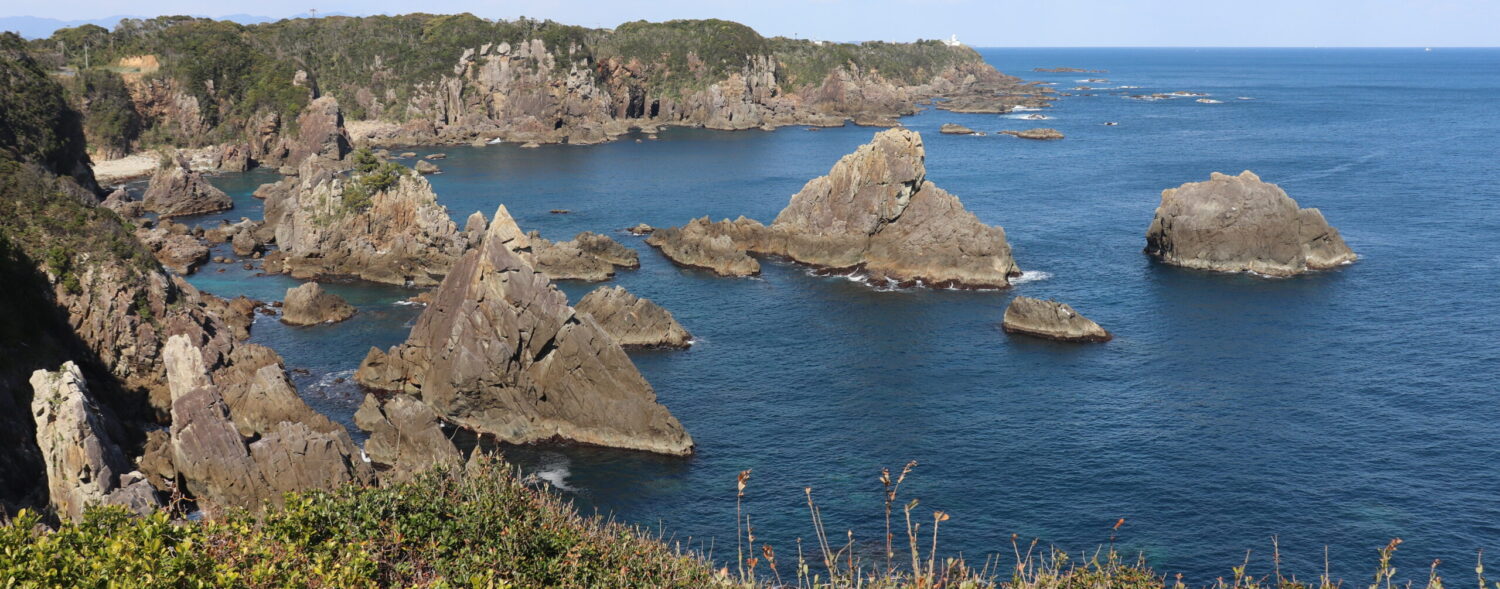
Leave a Reply